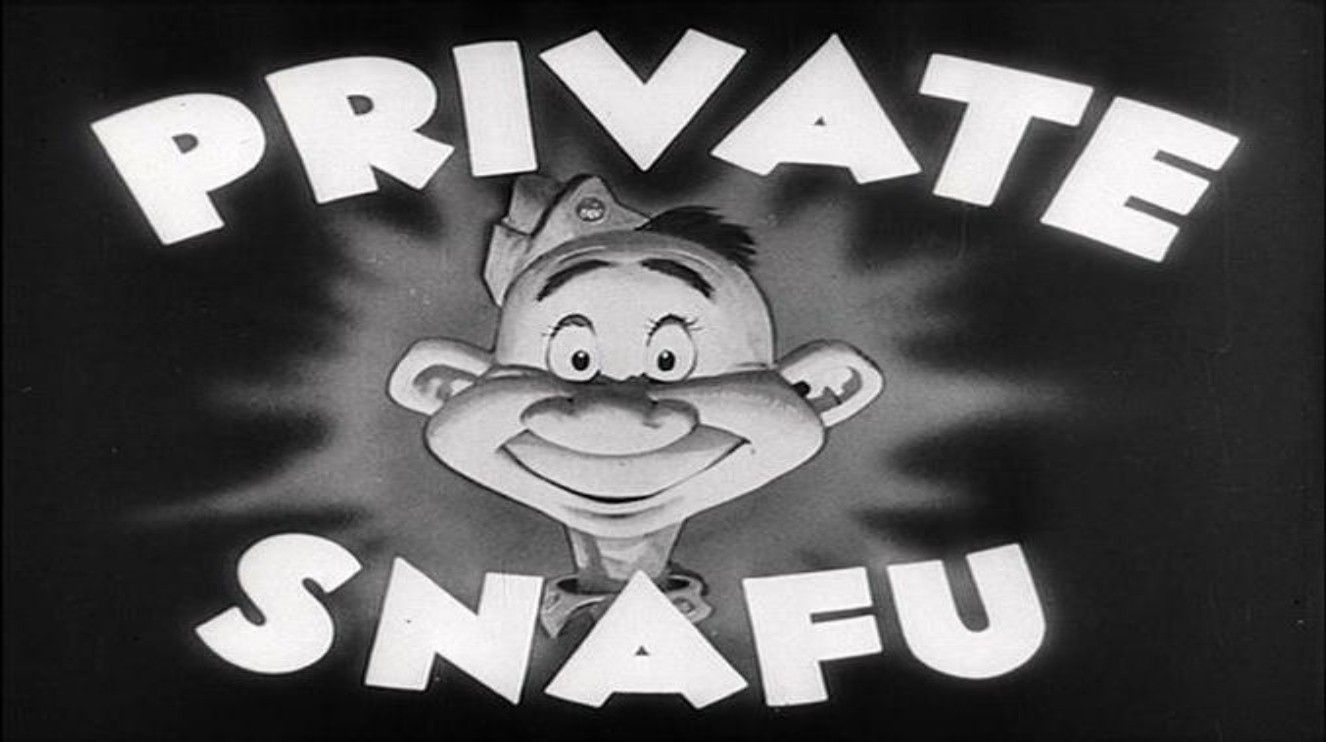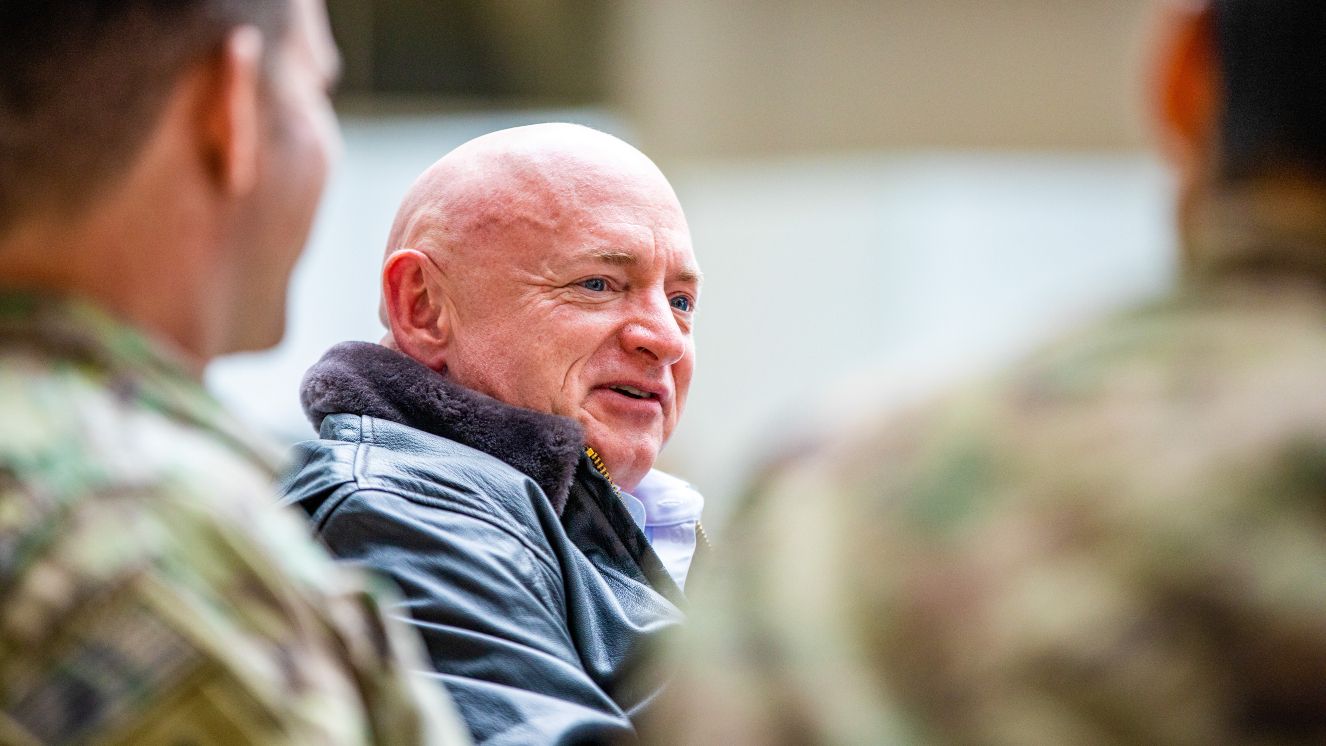4TH RECRUIT TRAINING BATTALION - LEGACY, DEACTIVATION, AND THE FUTURE

Despite serving since 1918, women in the Marines continue to have issues with integration and equal opportunities. Not only is this simply wrong for female warfighters as people but it makes the branch less cohesive and weaker by design. Thankfully, things are changing for the better and integration is underway. However, for many years, segregated training helped women in the USMC push the boundaries of gender at war. For decades, the 4th Recruit Training Battalion was responsible for training every female Devil Dog who joined the ranks. Suggested read: The U.S. Military’s Groundbreaking Anti-Aging Pill Lets You Turn Back Time
What Was the 4th Recruit Training Battalion?
Between 1986 and 2023, the 4th Recruit Training Battalion oversaw the training of female recruits at the Marine Corps Recruit Depot Parris Island. Women have been serving in the Marines for much longer, and training at Parris Island, South Carolina, since February 23, 1949. This is through service in the 3rd Recruit Training Battalion. The 3rd Recruit Training Battalion would ultimately become the Woman Recruit Training Battalion and evolved into the Woman Recruit Training Command over time before its final designation in 1986. There were three companies of the USMC 4th Recruit Training Battalion—November, Oscar, and Papa. In January 2021 Papa Company was integrating male recruits with females. Additionally, Oscar underwent a similar integration in February 2022 to feature mixed-gendered recruits. These moments among many other initiatives to provide equal opportunities regardless of gender have seen progress within the USMC. Ultimately, the battalion was deactivated, though not before many milestones. Related read: Women Military Draft – Would the Selective Service Include Females?
4th Recruit Training Battalion Deactivation Ceremony and Legacy
The 3rd Recruit Training Battalion was activated in 1949, but was changed to the Woman Recruit Training Battalion in 1954. It was reorganized once more in 1976 as the Woman Recruit Training Command. A decade later, the Woman Recruit Training Command changed into the 4th Recruit Training Battalion and along the way, helped normalize equal training for recruits regardless of gender. Marine Corps Boot Camp Parris Island would provide the service with its first female Drill Instructor School graduates in 1978. In 1996, female drill instructors could also wear the campaign cover as part of their uniform. Many combat training-related firsts occurred under the USMC 4th Recruit Training Battalion for the branch, including women participating in rifle qualification, combat training, the implementation of “The Crucible,” and more. The deactivation of the battalion didn’t happen overnight and took years of advancing boundaries for all Marines. Now, their deactivation is a natural step forward along with policy change forcing integration and a stronger branch. https://www.youtube.com/watch?v=jyMrQQPBPbM
Moving Forward From USMC 4th Recruit Training Battalion
Because of the changes at Parris Island, personnel assigned to the 4th Recruit Training Battalion moved to Marine Corps Recruit Depot San Diego to help with integrating training companies on both coasts. The goal is to have both installations handle an equal share of female Marines and to help the branch reorganize to comply with the integration guidelines defined within the 2020 National Defense Authorization Act.
Integrating Female Marines
USMC recruitment has been a topic of discussion for years along with addressing sexist policies and unsafe cultures for women serving. At the same time, the world is dictating a change in focus for warfare. A change that has more and more implications for the future of naval warfare. To maintain superiority, many measures are underway by the U.S. military as a whole. This includes the integration of female and male Marines to help improve communication and teamwork. The USMC remains the slowest branch for integrating genders. A 2024 report is now making rounds to highly recommend the branch speed up its efforts to help with recruitment, retention, and national defense. Progress is still ongoing for equality among Marines; however, the legacy and impact of the 4th Recruit Training Battalion helped make modern integration possible. As a result, our nation’s defenses much stronger. Read next: Why Are Army Helicopters Named After Native American Tribes?
BY BUDDY BLOUIN
Buddy Blouin is a Contributing Writer at VeteranLife.com
Buddy Blouin is a Contributing Writer at VeteranLife.com



